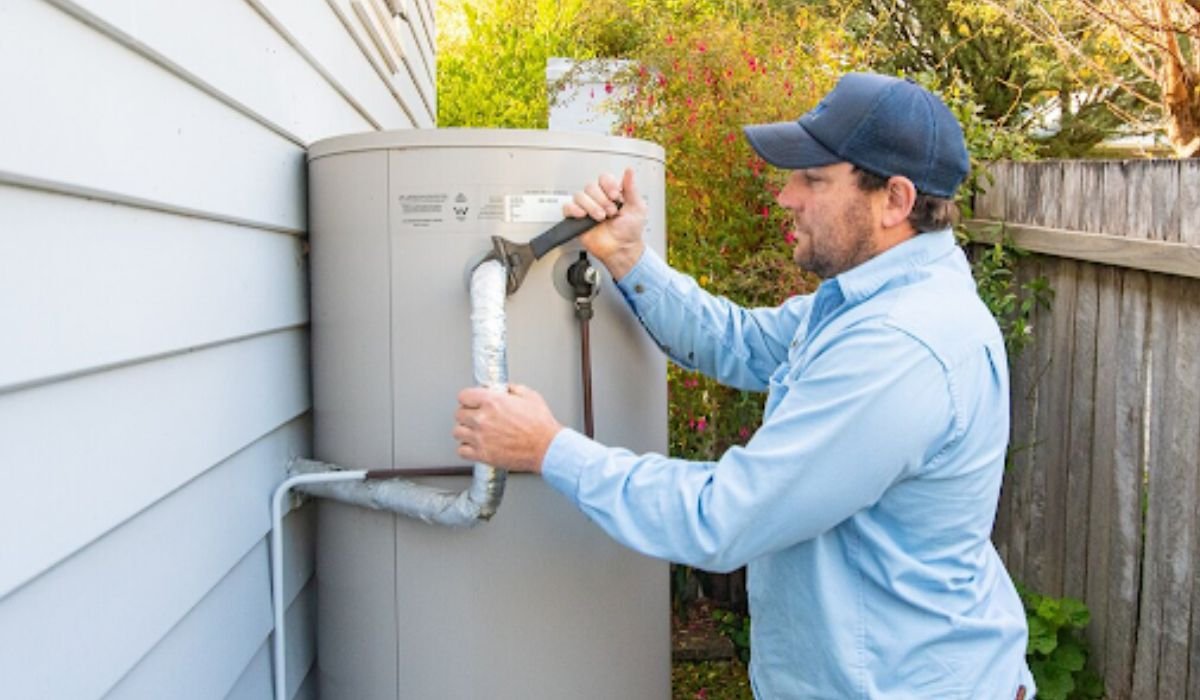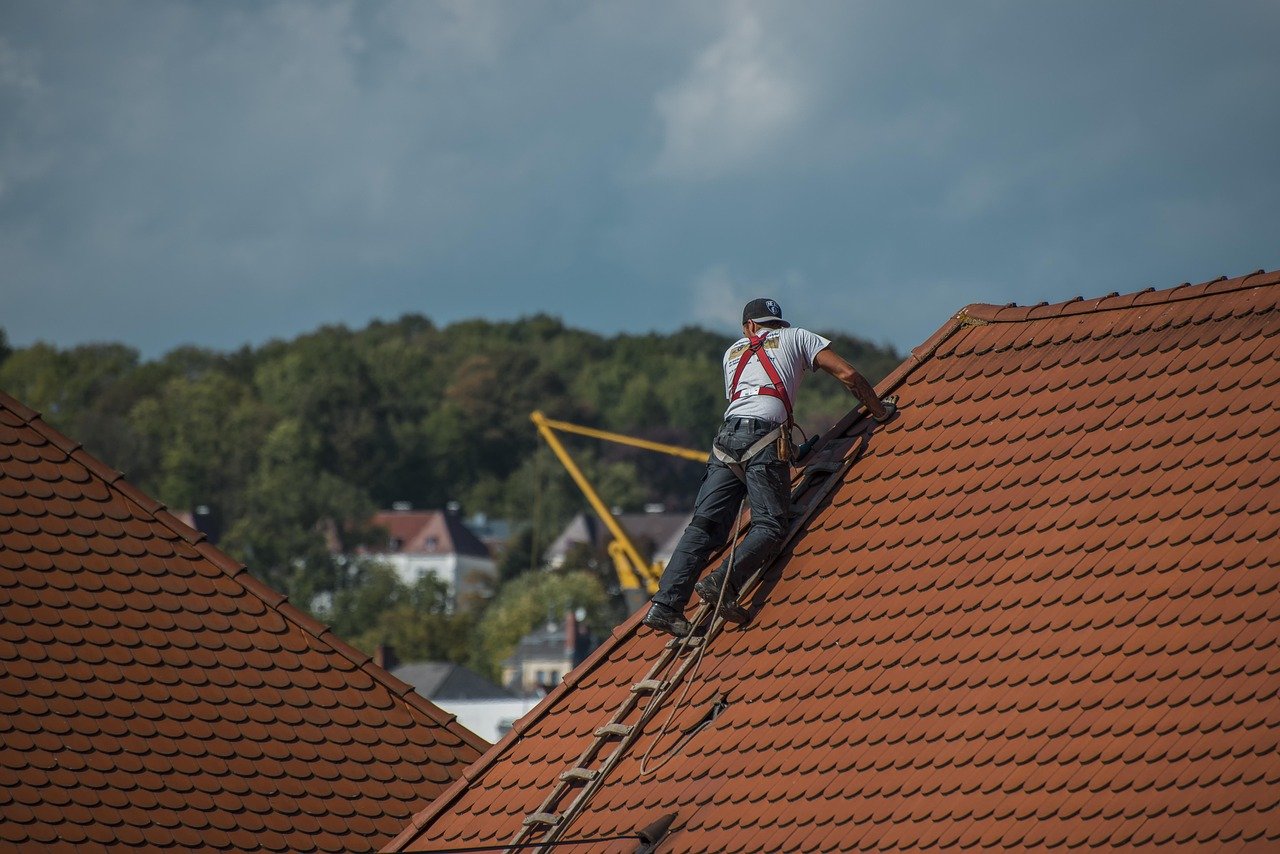We’re in a time in history when technology is in front of us at every turn in our days. “Smart” systems that determine how we wake up, or how we lock our doors at night, are being woven into the fabric of everyday life. The concept of a fully connected home once seemed like something out of The Jetsons. Now, all you need to say is, “Alexa, turn off the lights.” But because we can automate everything — should we? What’s the value in smarting up every corner of your home — and are there limits we should consider?
Even when it comes to financing these upgrades, options like hard money loans have made it easier for homeowners to invest in smart technology without long delays or traditional bank hurdles. This article is about what a smart home looks like in 2025, what you can do in one, where things get overwhelming and how to balance technology with human strength. If you’re considering updating your space or if you’re curious whether your toaster even needs Wi-Fi, this one’s for you.
The Modern Smart Home: More Than Just Gadgets
The smart home of today is about more than those gadgets in the kitchen and living room. It’s a system that operates in sync to make all of our lives easier, safer, and even more energy efficient. Picture your thermostat figuring out when you return, and when you go, thereby adjusting the temperature and not even making a click. Or a security camera that will alert you immediately if anything seems amiss, right in the palm of your hand on your smartphone: Speak. And they don’t cost a lot of money. They are cheap and available, and they are engineered to slide smoothly into life.
But in a smart home of today, the focus is less on gadgetry. It’s the integration — the way all these disparate devices talk to one another and work with each other. Voice assistants, like Alexa and Google Assistant, and Siri, are no longer just for when you want to control your jams and your lights; they’re all together in control of your home. Smart lights, blinds, locks, and even kitchen appliances can either follow verbal basic commands or figure out on their own how you want things to be based on your habits.
The increasing role of the Internet of Things (IOT) has brought possibilities we could not have dreamed of even 10 years before. Your home is getting smart, sensing your habits and adjusting systems to be as comfortable and efficient as can be. This degree of automation frees you up from the menial, boring tasks to focus on the big tasks.
But as smart homes grow more complex, it may be a worthwhile exercise to consider how much technology is helpful and where it might feel like overkill. Just because you can automate every square doesn’t necessarily mean you should. The sections that follow should take you to the place in your life best suited for smart tech.
Everyday Life on Autopilot: Is Convenience Always Worth It?
Convenience is the single most seductive promise of the smart home. Imagine a light that gradually brightens to simulate the rising sun, a hot cup of coffee that’s already brewing when you come into the kitchen, and a soft news briefing about your favorite topic playing in the background. These small comforts can combine to make for a smoother, more enjoyable day. Why not leave those tedious tasks — like turning off lights — to automations, which will save you time? And you can control your home while you’re away, for one, too.
But living in automation all the time does have its quirks. It can feel somewhat like a loss of control, that we’re surrendering to tech taking over everything. Frustration might begin to creep in when your smart thermostat misbehaves or your voice assistant mishears a command. Not all of these devices are equally amazing, and troubleshooting is a great idea to get you feeling confident in more ways than one.
There’s also whether the people who want to automate everything are stripping some simple pleasures from home. It might be activating a light switch, making a cup of coffee by hand, or opening a window, but these simple acts can become habitual moments of mindfulness that disappear in complete automation.
Yet, for a lot of people, the perks are worth the costs. Life is busy, and families need help managing their homes, or seniors want tools that help make controlling the home easier — and smart homes deliver that peace of mind. It’s all about creating systems that make life more convenient, instead of adding another layer of stress. These systems often include:
- Lighting that adjusts automatically to your daily routine
- Voice-controlled assistants that manage multiple devices
- Smart thermostats that learn your preferences and save energy
- Remote monitoring tools that keep your home secure from afar
By focusing on these core conveniences, you get the best of smart living without overwhelming complexity.
Hidden Costs: Security, Privacy, and Tech Fatigue
Given all the fuss around smart homes, it’s easy to ignore some less delightful aspects. Security is a major concern. Anything that’s connected is a way into your system for hackers. A compromised smart lock or security camera will have serious risks. Manufacturers have gotten better at security, but smart homes still demand users stay on their toes — with strong passwords, updates to software, and an eye for which devices they trust.
Privacy is another critical issue. Gadgets that listen to you, watch you, and track your habits are building up an enormous amount of information about you. This information is gathered by companies, sometimes shared in ways users might not realize. Knowing what information is being gathered and what is being done with it is important for anyone adopting smart technology.
Add to this a less acknowledged problem: tech fatigue. It can all be overwhelming, managing dozens of apps, updates and connected devices. A too-complicated smart home could add levels of frustration, rather than making life easier. This can in turn lead people to abandon smart systems altogether, or to eschew new tech.
Smart homes need some love, and sometimes troubleshooting. They’re not magic; they require maintenance and attention. For others, the hidden costs of time, privacy, and security could outweigh the convenience.
YOU MAY ALSO LIKE: Luxury Home Builders in the Eastern Suburbs: Designing Timeless Elegance with Local Expertise











